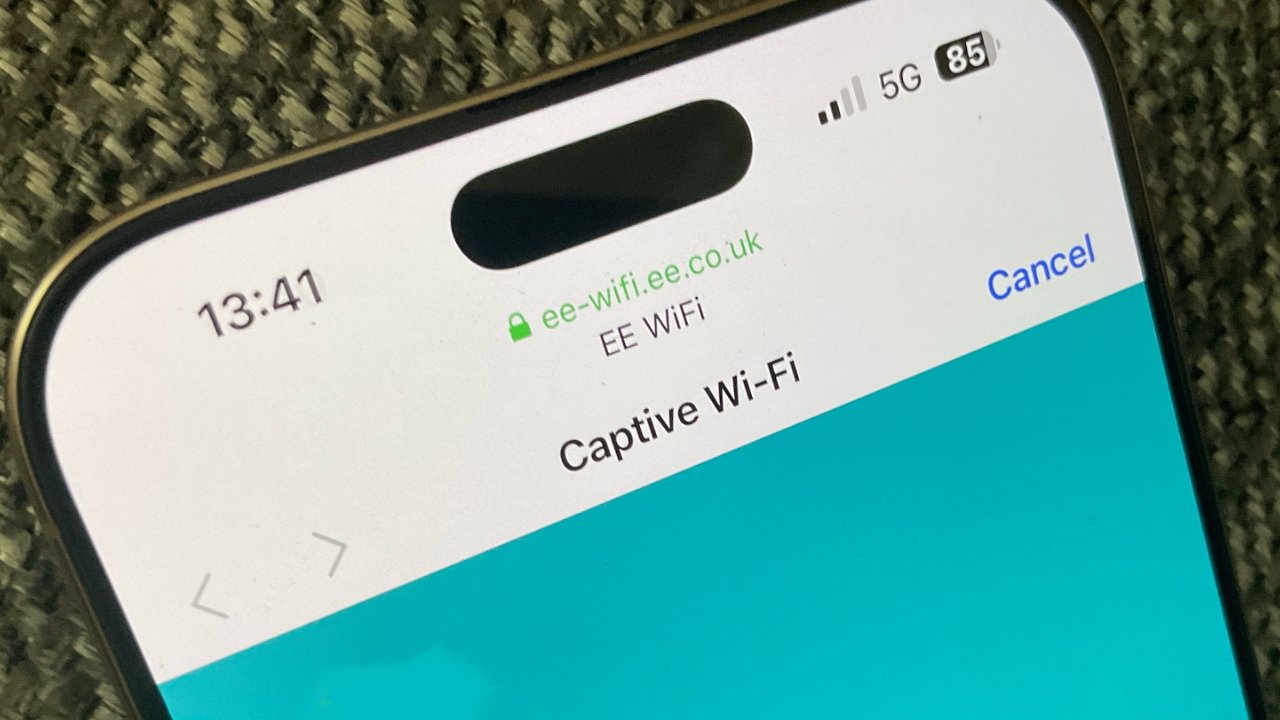Monthly Budget Planning: A Step-by-Step
Managing money doesn’t have to be overwhelming. Whether you’re trying to save more, reduce debt, or simply gain control over your spending, monthly budget planning is your first step toward financial freedom.
Managing money doesn’t have to be overwhelming. Whether you’re trying to save more, reduce debt, or simply gain control over your spending, monthly budget planning is your first step toward financial freedom. This guide breaks down the process for beginners, helping you make smarter decisions and build a solid foundation in personal finance.
Step 1: Understand the Importance of Monthly Budget Planning
Monthly budget planning is more than just writing down your expenses — it’s about taking charge of your money. When done correctly, it helps you:
- Track your income and spending
- Identify wasteful habits
- Allocate funds for savings and investments
- Achieve short and long-term financial goals
By incorporating consistent budgeting tips into your routine, you gain clarity and confidence in your financial journey.
Step 2: Calculate Your Total Income
Before you can plan where your money should go, you need to know how much you’re bringing in each month. This includes your salary, freelance income, rental income, and any side hustles. A clear picture of your income is the starting point of effective monthly budget planning.
Step 3: List and Categorize Your Expenses
Divide your monthly expenses into two categories:
- Fixed Expenses: Rent, utilities, insurance, subscriptions
- Variable Expenses: Groceries, transportation, dining, entertainment
Using expense tracking tools or apps can help you monitor your spending in real-time and avoid surprises at the end of the month. Proper expense tracking ensures that no dollar goes unaccounted for.
Step 4: Set Realistic Financial Goals
Do you want to build an emergency fund? Pay off debt? Save for a vacation? Setting clear financial goals gives your budget purpose and direction. This is where financial planning comes in. Align your goals with your income and spending habits to make them achievable.
Step 5: Choose a Budgeting Method
There’s no one-size-fits-all when it comes to monthly budget planning. Choose a method that fits your lifestyle:
- 50/30/20 Rule: 50% needs, 30% wants, 20% savings
- Zero-Based Budget: Every dollar is assigned a purpose
- Envelope System: Cash-based planning using physical envelopes
Apply various budgeting tips until you find what works best for you.
Step 6: Adjust and Improve Monthly
Your budget isn’t static — it should evolve with your life. Review your monthly budget planning at the end of each month to analyze what worked and what didn’t. Use your insights to make smarter choices next month. This ongoing financial planning helps you stay on track.
Bonus Budgeting Tips for Beginners
- Start small and be consistent
- Avoid impulse spending by setting limits
- Use budgeting apps for better expense tracking
- Don’t forget to reward yourself for milestones
Integrating these budgeting tips into your routine can improve your personal finance skills and keep you motivated.
Conclusion
Monthly budget planning doesn’t have to be complex. With clear steps, practical tools, and a commitment to your financial goals, anyone can take control of their money. Start applying these strategies today and watch your confidence in personal finance grow. Remember, successful financial planning starts with one simple step — your first budget.








![What Google Messages features are rolling out [May 2025]](https://i0.wp.com/9to5google.com/wp-content/uploads/sites/4/2023/12/google-messages-name-cover.png?resize=1200%2C628&quality=82&strip=all&ssl=1)
![[Fixed] Gemini 2.5 Flash missing file upload for free app users](https://i0.wp.com/9to5google.com/wp-content/uploads/sites/4/2025/03/google-gemini-workspace-1.jpg?resize=1200%2C628&quality=82&strip=all&ssl=1)








































































![So your [expletive] test failed. So [obscene participle] what?](https://regmedia.co.uk/2016/08/18/shutterstock_mobile_surprise.jpg)














































![As Galaxy Watch prepares a major change, which smartwatch design to you prefer? [Poll]](https://i0.wp.com/9to5google.com/wp-content/uploads/sites/4/2024/07/Galaxy-Watch-Ultra-and-Apple-Watch-Ultra-1.jpg?resize=1200%2C628&quality=82&strip=all&ssl=1)